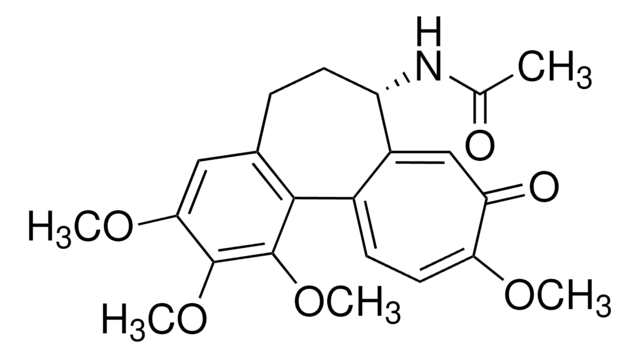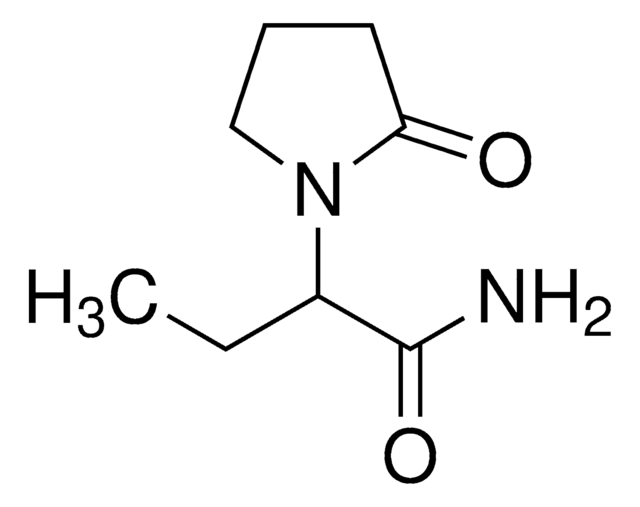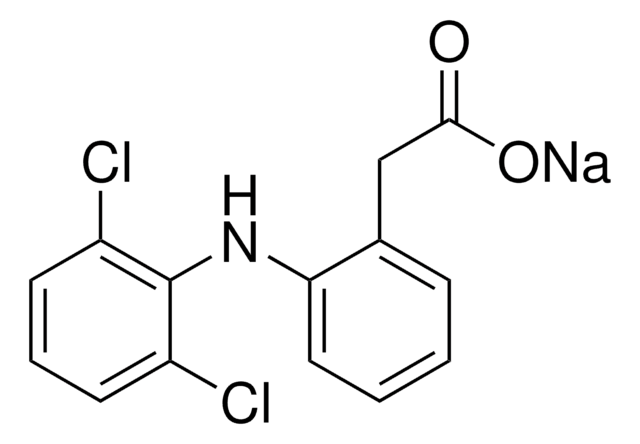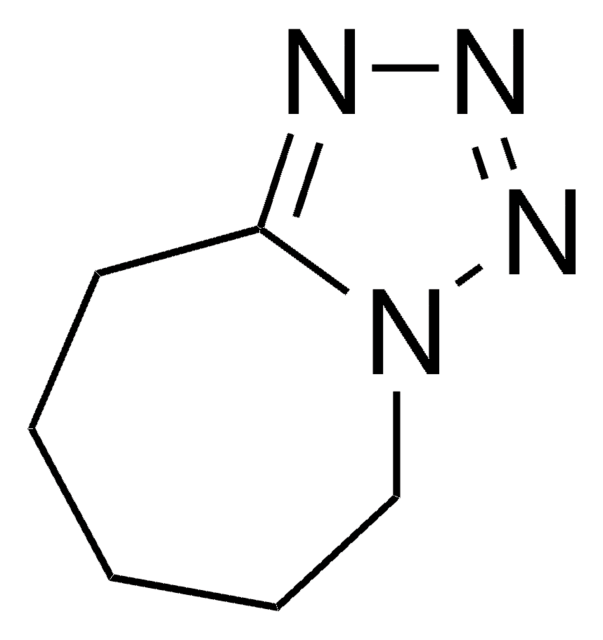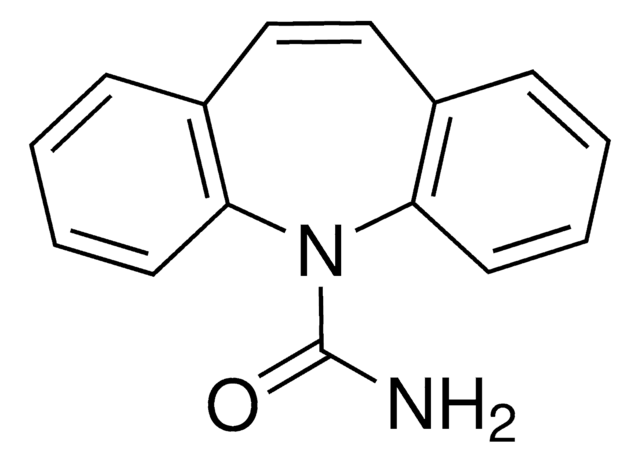1538505
USP
Pilocarpine
United States Pharmacopeia (USP) Reference Standard
Synonim(y):
cis-3-Ethyl-4-(1-methyl-5-imidazolylmethyl)dihydro-2(3H)-furanone
About This Item
Polecane produkty
klasa czystości
pharmaceutical primary standard
producent / nazwa handlowa
USP
Zastosowanie
pharmaceutical (small molecule)
format
neat
InChI
1S/C11H16N2O2/c1-3-10-8(6-15-11(10)14)4-9-5-12-7-13(9)2/h5,7-8,10H,3-4,6H2,1-2H3/t8-,10-/m0/s1
Klucz InChI
QCHFTSOMWOSFHM-WPRPVWTQSA-N
Szukasz podobnych produktów? Odwiedź Przewodnik dotyczący porównywania produktów
Opis ogólny
Zastosowanie
Komentarz do analizy
Inne uwagi
Hasło ostrzegawcze
Danger
Zwroty wskazujące rodzaj zagrożenia
Zwroty wskazujące środki ostrożności
Klasyfikacja zagrożeń
Acute Tox. 2 Inhalation - Acute Tox. 2 Oral
Kod klasy składowania
6.1A - Combustible acute toxic Cat. 1 and 2 / very toxic hazardous materials
Klasa zagrożenia wodnego (WGK)
WGK 3
Temperatura zapłonu (°F)
Not applicable
Temperatura zapłonu (°C)
Not applicable
Certyfikaty analizy (CoA)
Poszukaj Certyfikaty analizy (CoA), wpisując numer partii/serii produktów. Numery serii i partii można znaleźć na etykiecie produktu po słowach „seria” lub „partia”.
Masz już ten produkt?
Dokumenty związane z niedawno zakupionymi produktami zostały zamieszczone w Bibliotece dokumentów.
Klienci oglądali również te produkty
Nasz zespół naukowców ma doświadczenie we wszystkich obszarach badań, w tym w naukach przyrodniczych, materiałoznawstwie, syntezie chemicznej, chromatografii, analityce i wielu innych dziedzinach.
Skontaktuj się z zespołem ds. pomocy technicznej